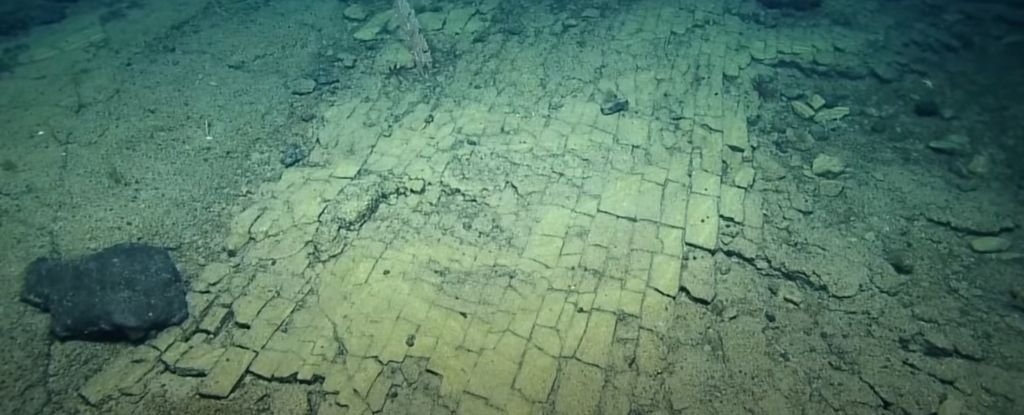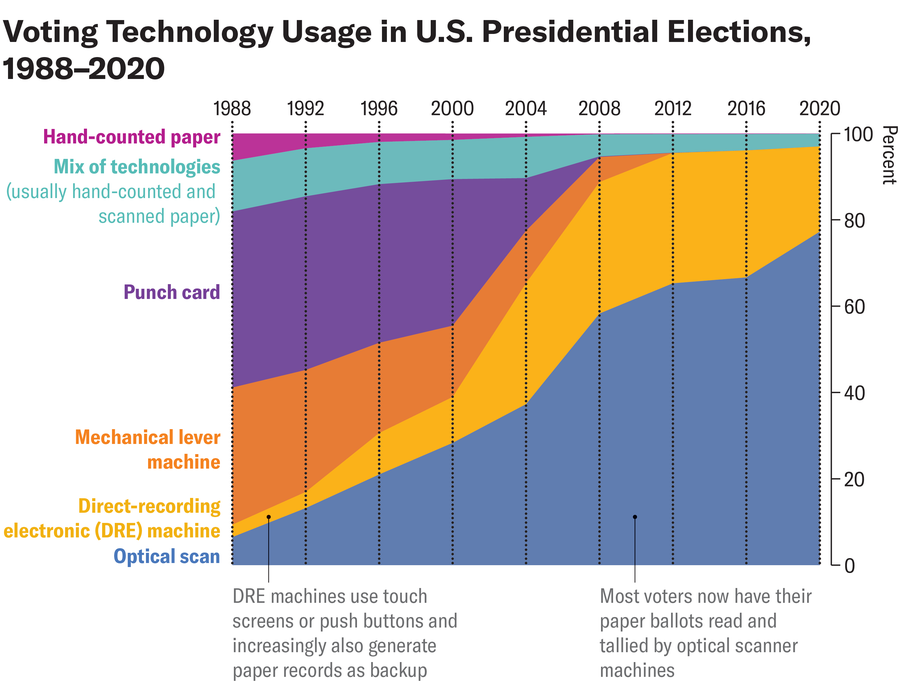Source: AGU Advances
Marine life in the water column depends on the right combination of water temperature, acidity, and oxygen levels, so creatures such as fish and plankton can be hard hit by large regional fluctuations in any of these parameters. When two, or even all three, are off-kilter, the environment can become uninhabitable for many species.
Because climate change has generally been heating the ocean, boosting its acidity, and lowering its oxygen levels, concerns over these regional multithreat events—known as column-compound extremes—are growing.
Now, Wong et al. report that since the early 1960s, column-compound extremes have been intensifying: growing larger in volume, lasting longer, and occurring more often. The team came to these conclusions by using the Community Earth System Model to create a computational simulation of the upper 300 meters of the global ocean from 1961 to 2020.
The analysis suggests that triple column-compound extremes—events involving the convergence of extreme temperatures, high acidity, and low oxygen levels—occupied 39 times more ocean volume, lasted 3 times longer, and were 6 times more intense by 2020 than in the early 1960s. These triple-threat events occur in tropical waters and in the North Pacific and tend to be associated with the cycling global climate pattern known as the El Niño–Southern Oscillation (ENSO).
The simulation also showed that in general, double- and triple-threat column-compound extremes last 10–30 days and reduce the amount of habitable space in the affected water column by up to 75%. Climate change caused by anthropogenic activities is the primary driver of these escalating extremes.
These findings could form the basis for further research into the effects of column-compound extremes on different species, ecosystems, and fisheries. (AGU Advances, https://doi.org/10.1029/2023AV001059, 2024)
—Sarah Stanley, Science Writer





















Discussion about this post